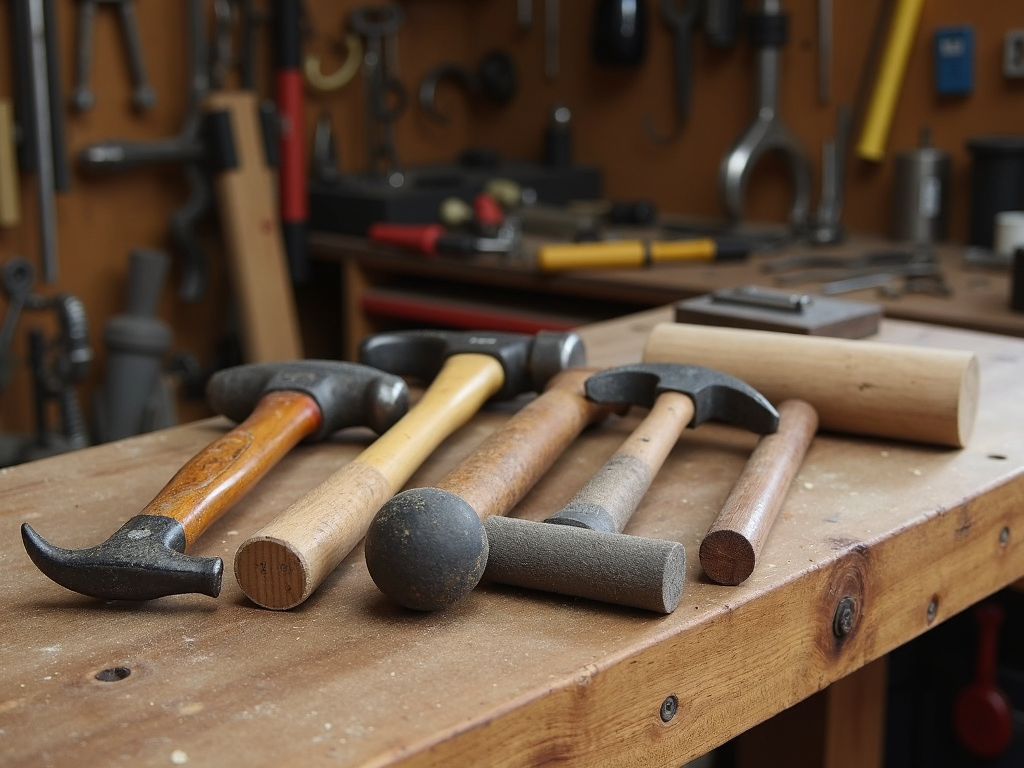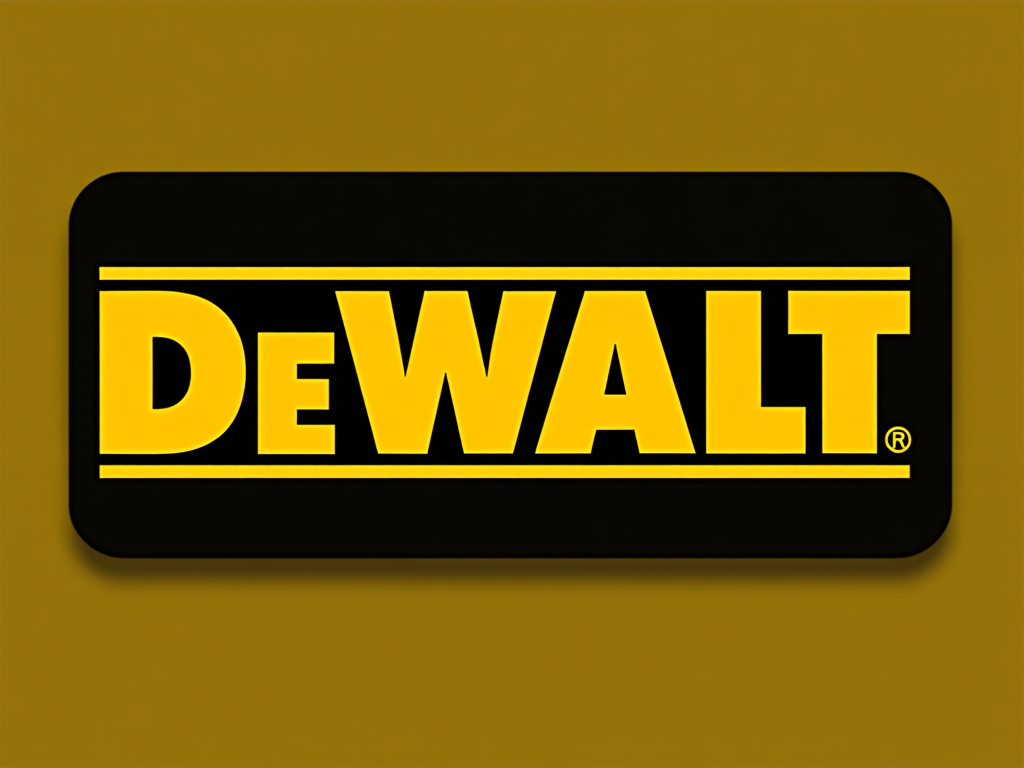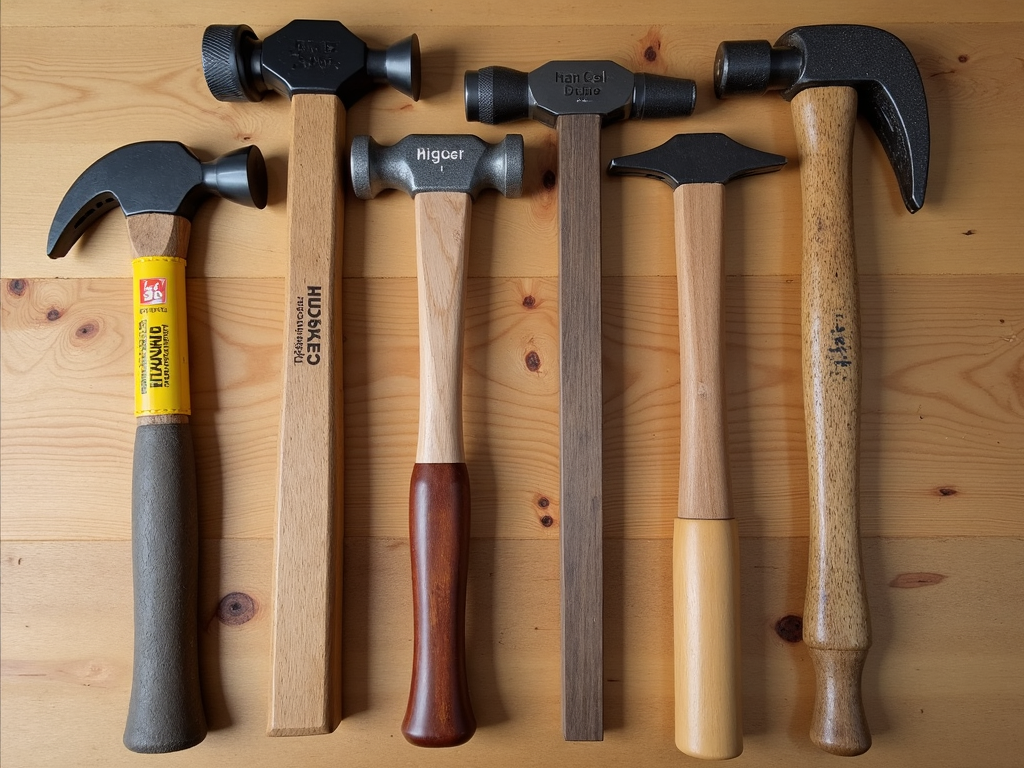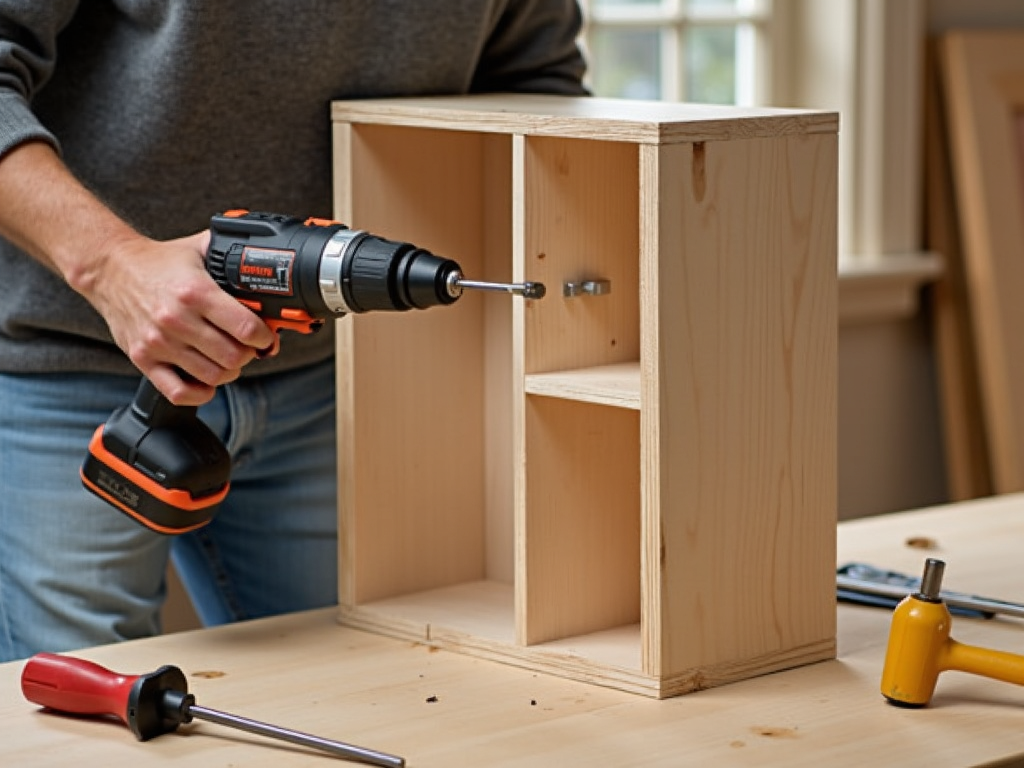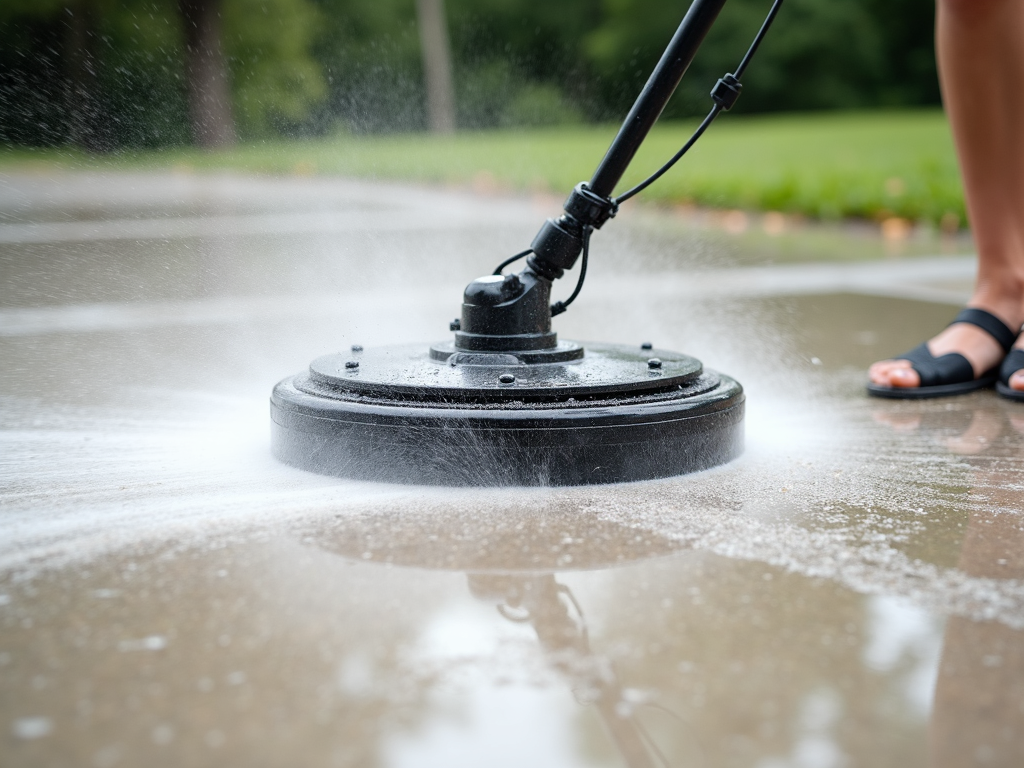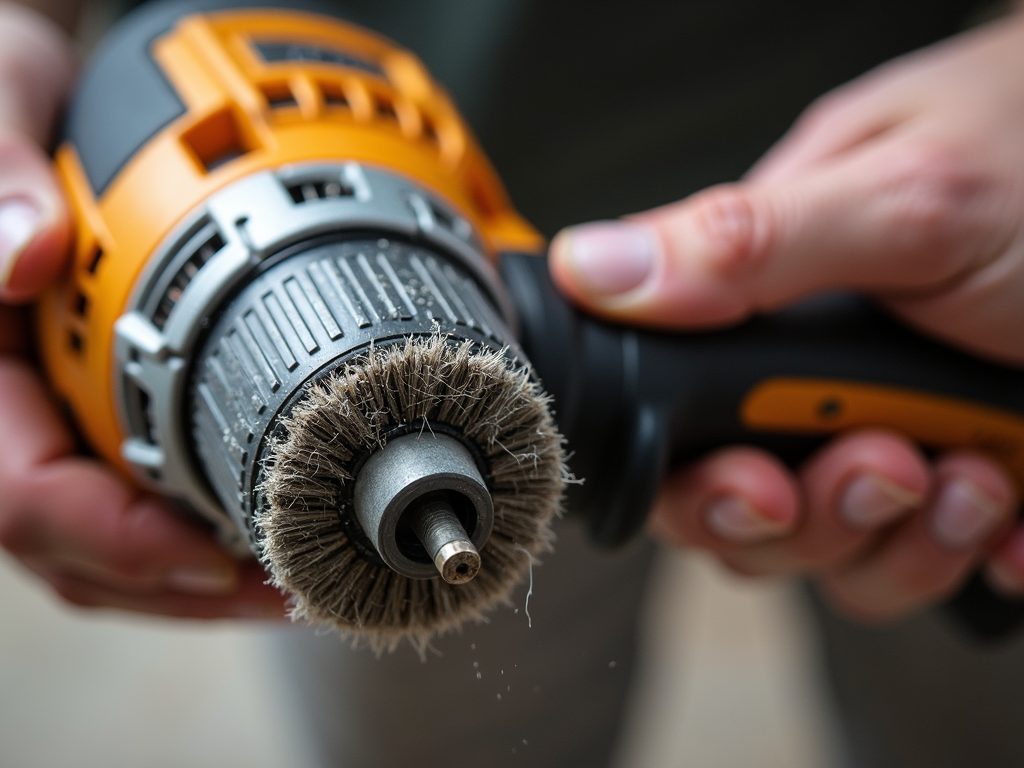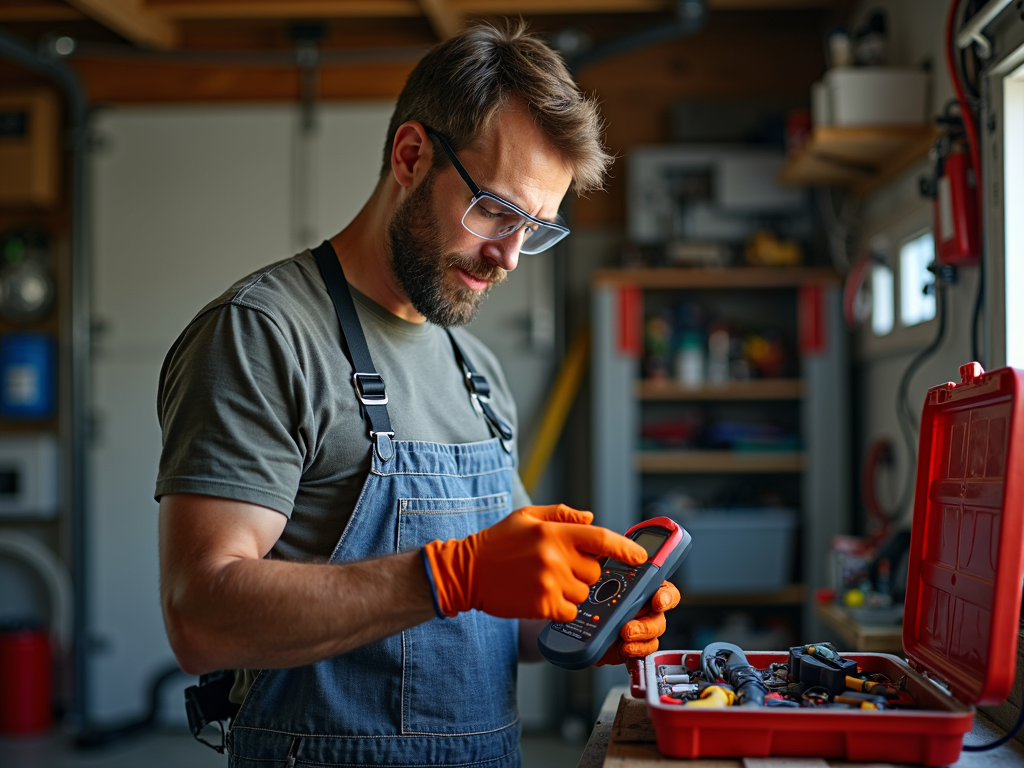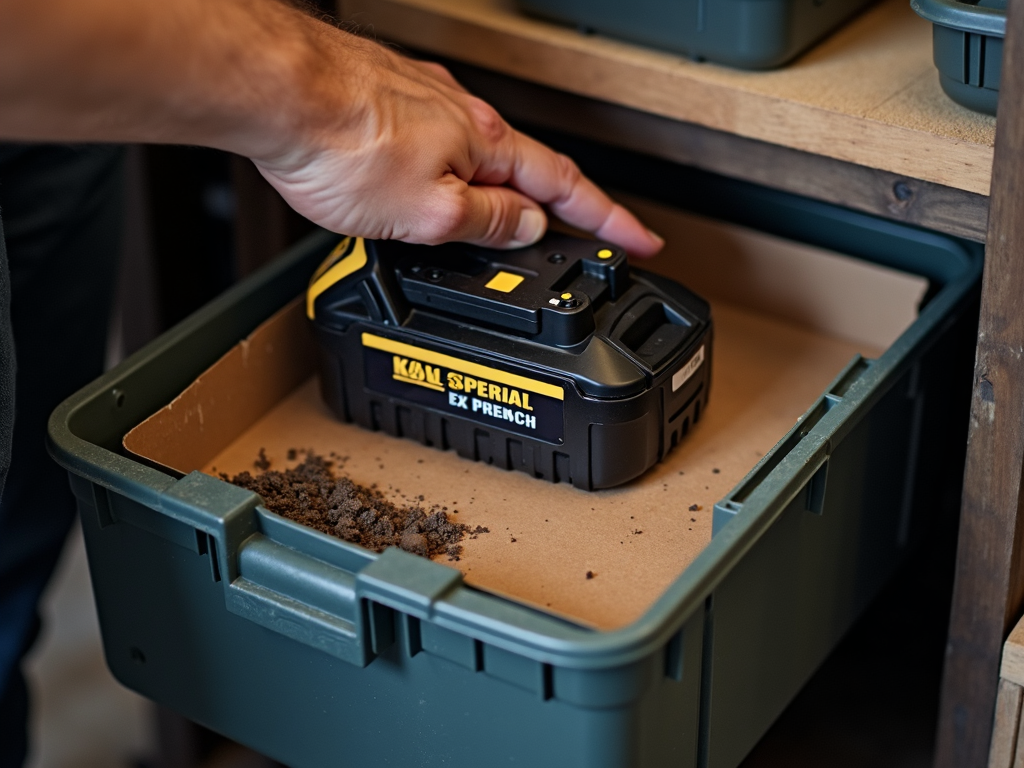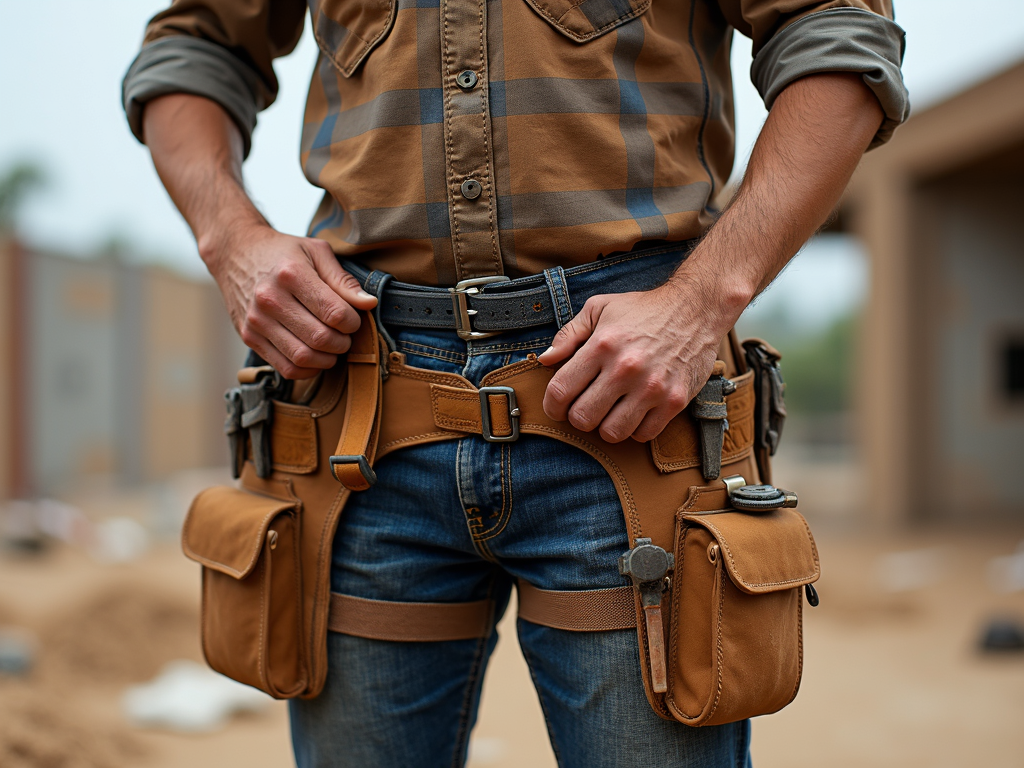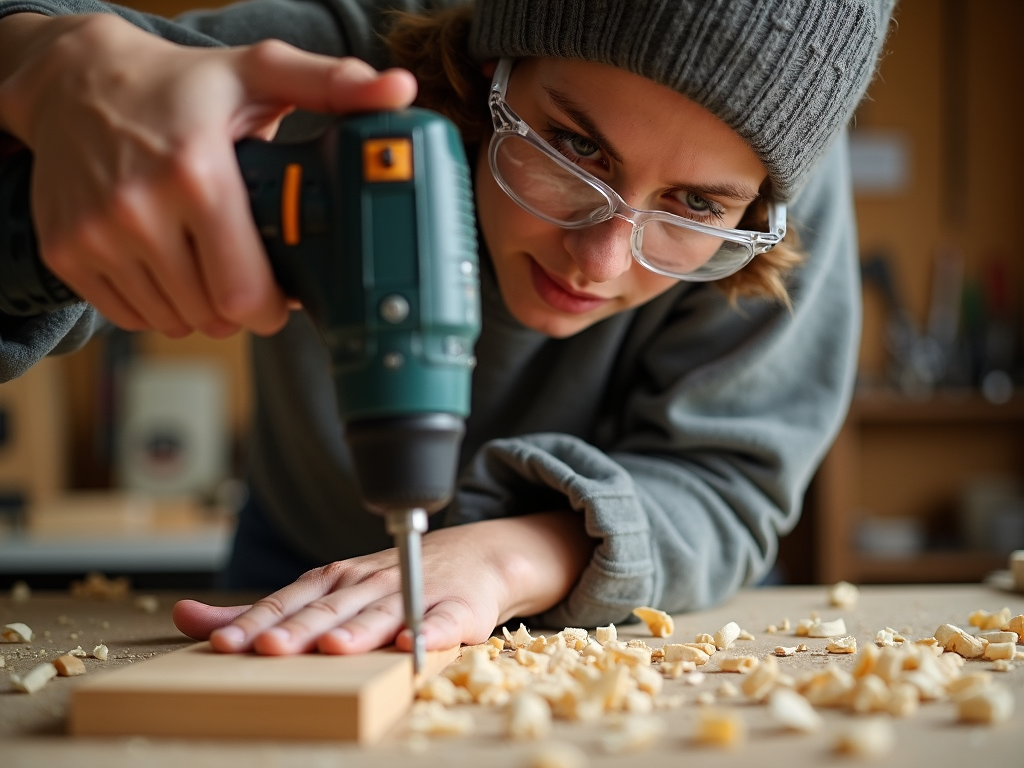Sensors are the backbone of automation, enabling systems to detect and respond to changes in their environment. From manufacturing to smart homes, sensors play a crucial role in enhancing efficiency and safety. This article delves into the various types of sensors used in automation and their real-world applications.

Types of Sensors in Automation
Sensors in automation can be categorized based on their function. Here are some of the most common types:
- Proximity Sensors: These sensors detect the presence of nearby objects without physical contact. They are widely used in manufacturing for object detection on conveyor belts.
- Temperature Sensors: Essential for monitoring and controlling temperature in various processes, from HVAC systems to industrial ovens.
- Pressure Sensors: Used to measure pressure in systems like hydraulic and pneumatic systems, ensuring they operate within safe limits.
- Light Sensors: These sensors detect light levels and are used in applications like automatic lighting systems and solar panel tracking.
- Motion Sensors: Commonly used in security systems and automated lighting, these sensors detect movement in their vicinity.
Each type of sensor has unique characteristics that make it suitable for specific applications. For example, proximity sensors are ideal for detecting objects without physical contact, making them perfect for conveyor belt systems where objects need to be counted or sorted.

Applications of Sensors in Automation
Sensors are used in a wide range of industries, each with unique requirements. Here are some real-world applications:
- Manufacturing: Sensors are used to monitor production lines, ensuring that machines operate efficiently and safely. For instance, proximity sensors can detect when a part is in place, triggering the next step in the assembly process.
- Automotive: In modern vehicles, sensors are used for everything from engine management to safety features like airbags and anti-lock braking systems.
- Healthcare: Sensors in medical devices monitor vital signs, providing real-time data to healthcare professionals.
- Smart Homes: From thermostats that learn your preferences to security systems that alert you to intruders, sensors make homes smarter and more efficient.
In my experience, one of the most impactful uses of sensors is in predictive maintenance. By monitoring equipment conditions, sensors can predict when maintenance is needed, preventing costly downtime. For example, vibration sensors on motors can detect unusual patterns that indicate impending failure, allowing for timely intervention.

Choosing the Right Sensor
Selecting the right sensor for an application involves considering several factors:
- Environment: Sensors must be able to withstand the conditions they will be exposed to, such as temperature, humidity, and vibration.
- Accuracy: The required precision of the sensor's measurements.
- Range: The distance or scope over which the sensor needs to operate.
- Cost: Balancing the sensor's capabilities with budget constraints.
It's also important to consider the integration of sensors with other components of the automation system. Compatibility with existing hardware and software is crucial for seamless operation.

Future Trends in Sensor Technology
The field of sensor technology is rapidly evolving, with advancements in areas like IoT and AI driving innovation. Some emerging trends include:
- Wireless Sensors: These eliminate the need for wiring, making installation easier and more flexible.
- Smart Sensors: Equipped with processing capabilities, smart sensors can analyze data on-site, reducing the load on central systems.
- Miniaturization: Smaller sensors can be integrated into more devices, expanding their applications.
As sensor technology continues to advance, we can expect even greater integration into our daily lives, making automation more efficient and accessible.

Summary
Sensors are indispensable in automation, providing the data needed for systems to operate efficiently and safely. From proximity sensors in manufacturing to smart sensors in IoT applications, their impact is profound. As technology advances, sensors will continue to play a pivotal role in shaping the future of automation.
Related Sensors in Automation: Types and Applications:
- Top 10 Jewelry Making Techniques for Beginners: A Comprehensive Guide
- Hammer Time: Your Guide to Choosing the Perfect Hammer for Every Job
- Popular Brands for Workman Tools
- How to Choose the Right Hammer for Your Project
- DIY Projects to Test Your New Tools: A Comprehensive Guide
- Top 10 Power Washer Accessories for Car Cleaning
- Essential Workman Tool Maintenance Tips for Longevity and Performance
- Top 10 Electrical Tools Every Homeowner Should Have
- How to Organize Your Workshop for Efficiency
- How to Maintain Your Cordless Power Tools: A Comprehensive Guide
- The Ultimate Guide to Tool Belts for Construction Workers
- Essential Safety Gear for Power Tool Users: A Comprehensive Guide

